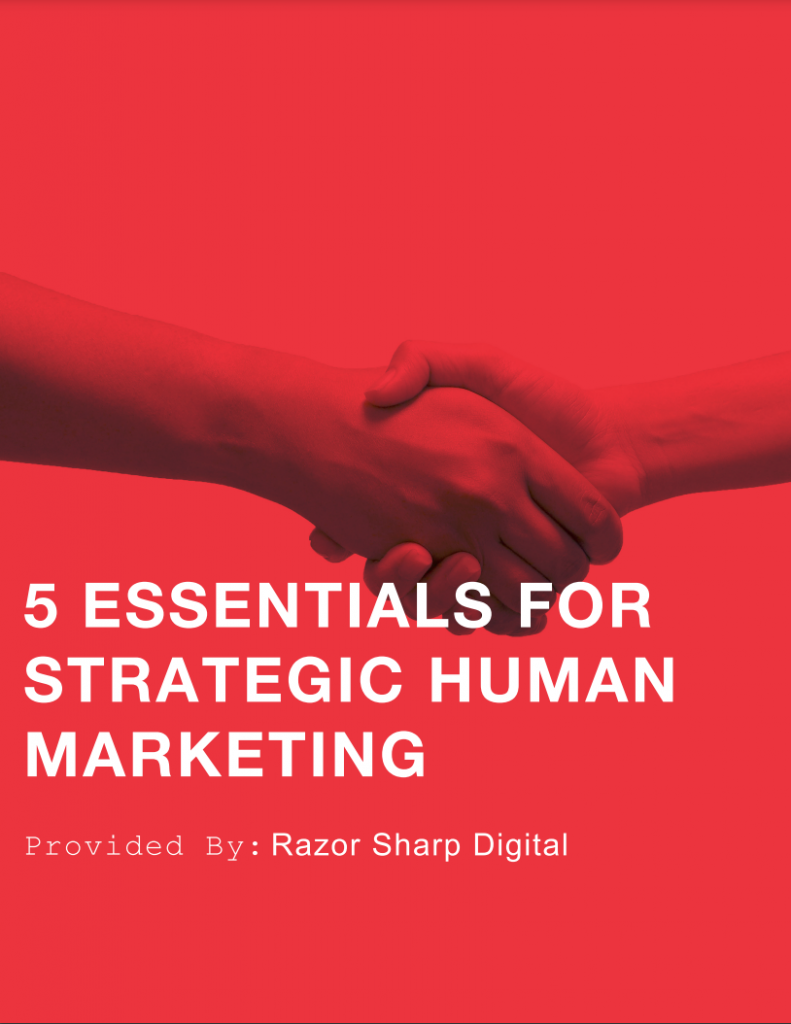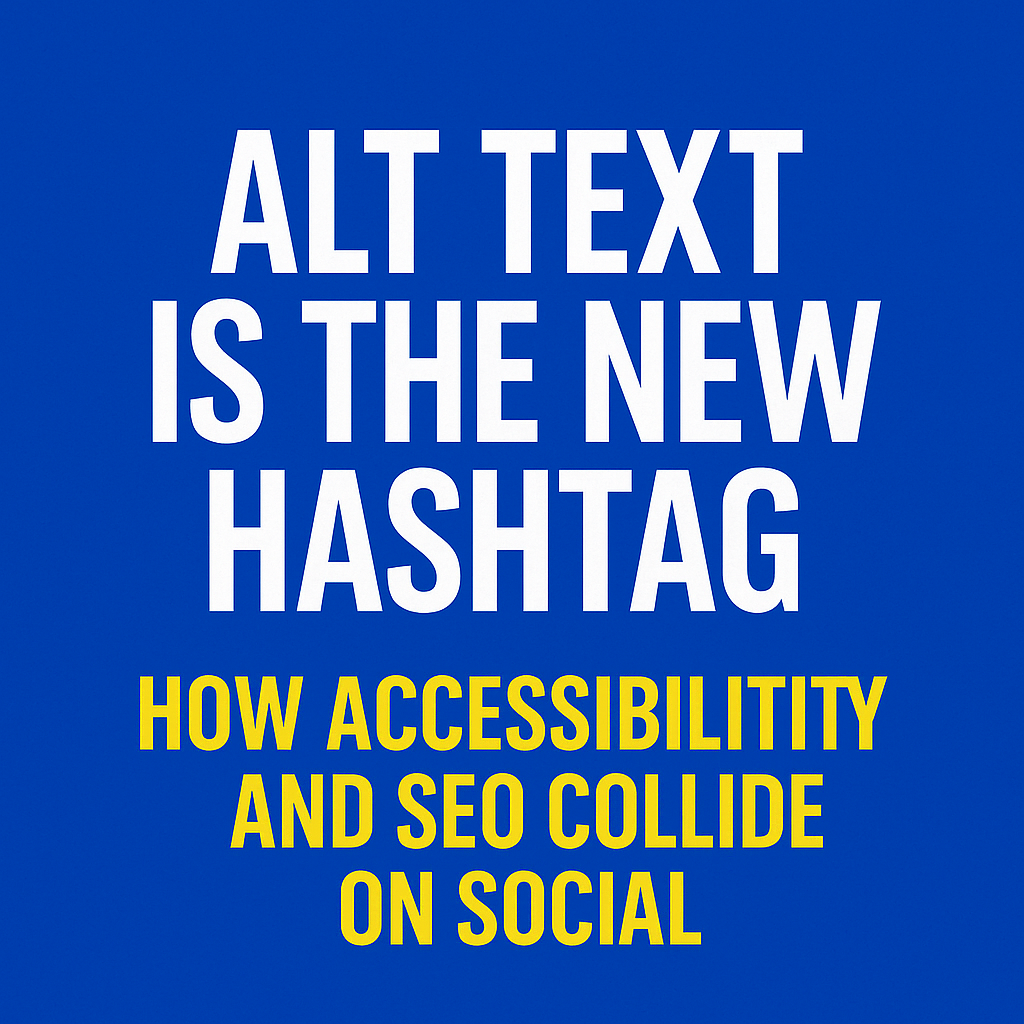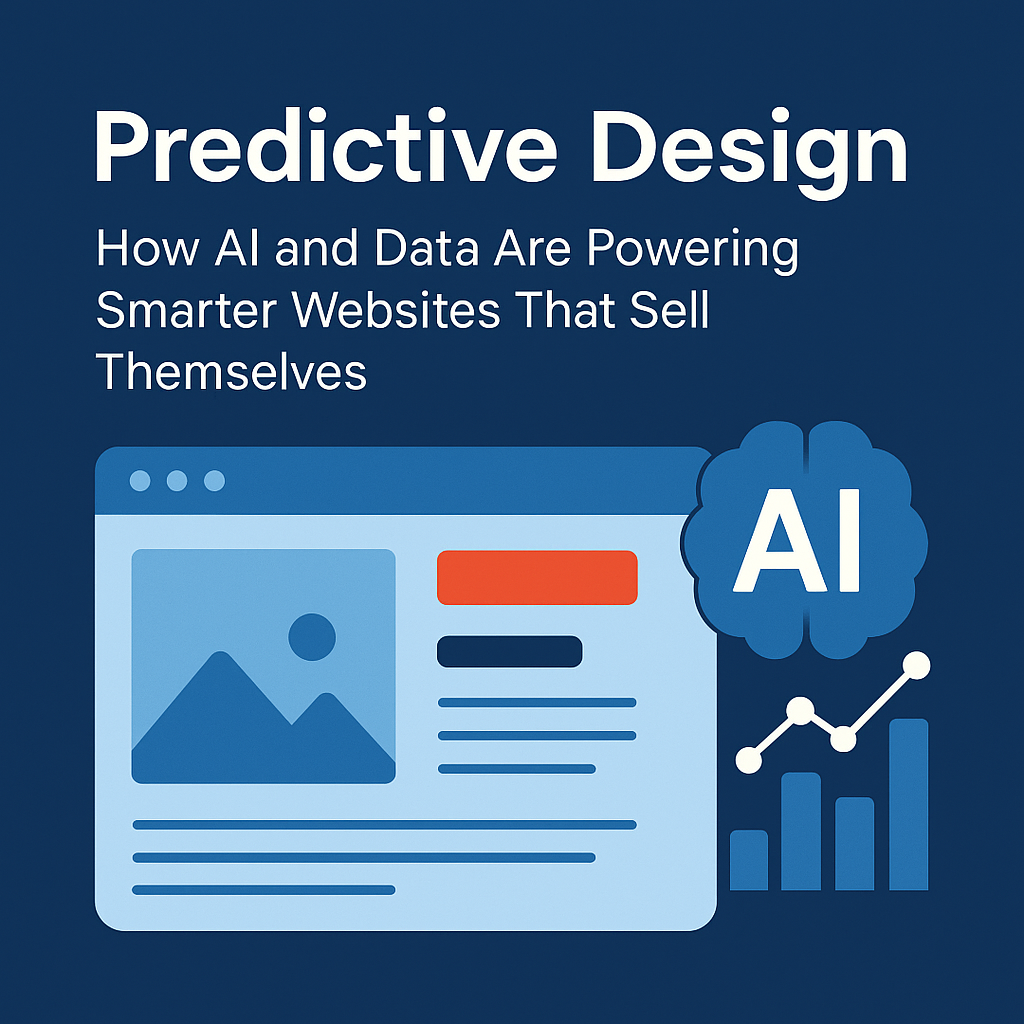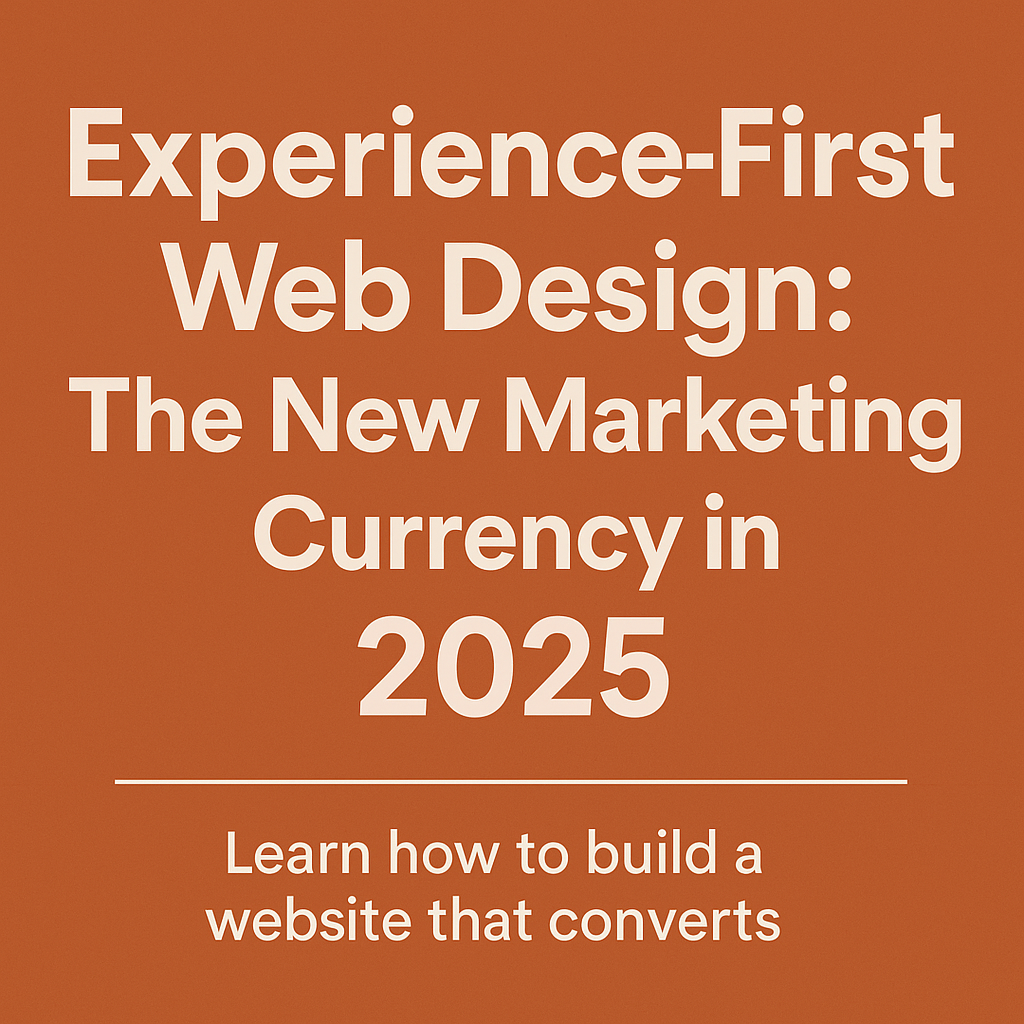From Mobile-First to Experience-First
Mobile-first was a reaction to consumer behavior: more searches and browsing happening on smartphones than desktops. It forced businesses to prioritize responsive design, speed, and usability on smaller screens.
But today’s digital world is more fragmented. People don’t just visit websites on phones or desktops—they interact across:
This means your website must move beyond “mobile-friendly” into experience-friendly, ensuring seamless, consistent, and human-centered interactions everywhere.
Why Experience-First Matters Now
AI-Powered Search Prioritizes Context
Generative search engines like Perplexity, ChatGPT, and Google’s SGE don’t just pull mobile-friendly pages—they pull the most helpful, trustworthy experiences.
User Expectations Have Skyrocketed
Speed and responsive design are table stakes. Now users expect personalization, accessibility, and frictionless navigation across every device.
Accessibility = Visibility
An experience-first site is accessible to all—alt text, voice navigation, inclusive design. Accessibility isn’t just ethical, it’s SEO gold.
Omnichannel Consistency Wins Trust
Whether your audience finds you on Instagram, TikTok, LinkedIn, or through AI search, they expect the same brand feel and easy path to value.
How to Build an Experience-First Website
Design for Humans, Not Devices
Don’t just think about how your site looks on mobile. Think about how users feel when they interact with it.
Prioritize Accessibility
Alt text, high-contrast visuals, keyboard navigation, voice-friendly layouts—these are no longer optional.
Embrace Personalization
Dynamic CTAs, localized content, and AI-driven recommendations create experiences that resonate.
Speed Still Matters—But Flow Matters More
Loading speed is crucial, but so is journey design. Reduce clicks, simplify pathways, and anticipate what users need next.
Think Omnichannel, Not Just Cross-Device
Your website is part of a larger experience ecosystem. Align it with your social, email, AI search, and offline touchpoints.
Final Word
Mobile-first got us here. Experience-first will take us further.
Websites that don’t evolve risk becoming invisible in an AI-driven, multi-device world. The businesses that win will be those who design not just for screens—but for seamless, human-first experiences.









